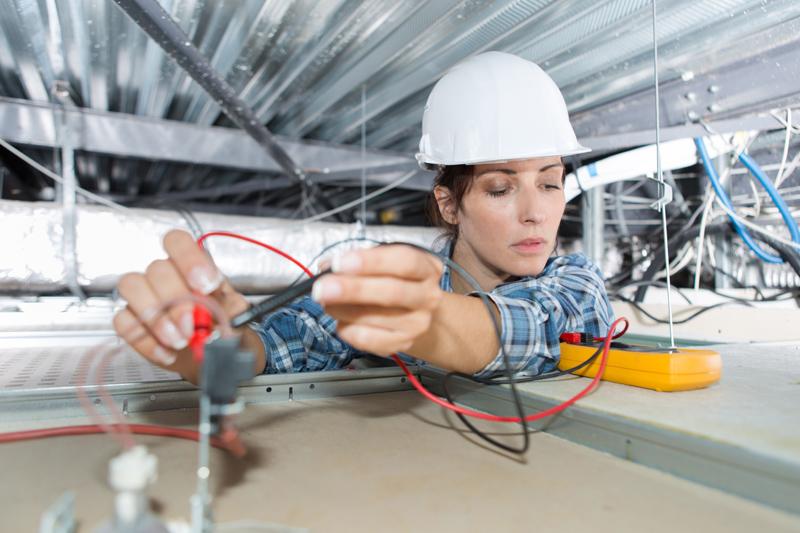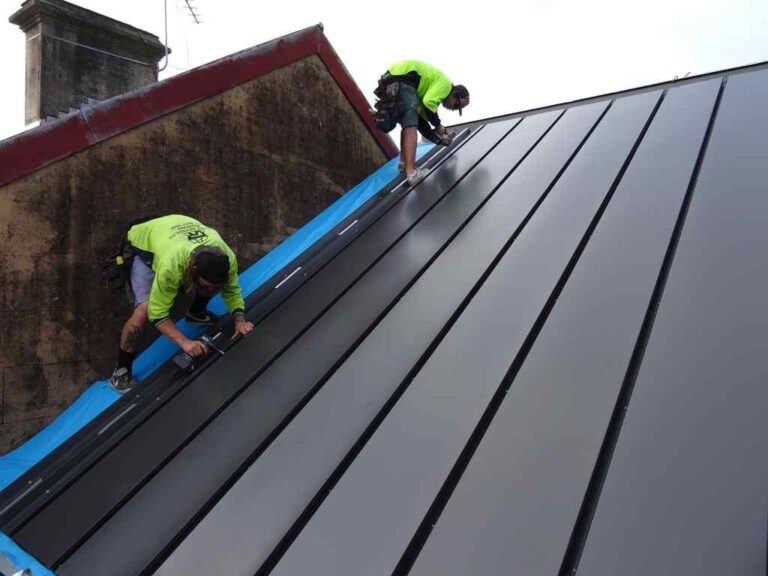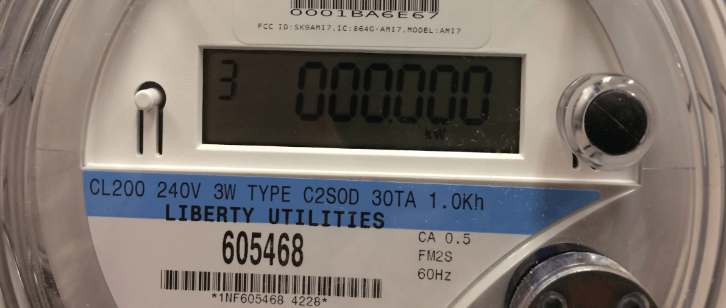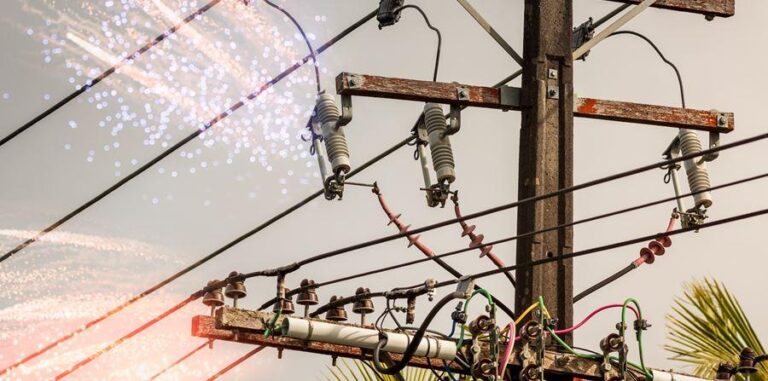Cables are integral to the functioning of electrical systems, from powering homes to keeping industries running. When cables are damaged or faulty, they can disrupt power supply, create safety hazards, and even lead to equipment failure. Understanding how to diagnose, repair, or replace damaged and faulty cables is essential for maintaining a safe and efficient environment.
Damaged Cable Repair and Replacement
Damaged cables can occur due to various reasons, including wear and tear, external forces, environmental conditions, or improper installation. These damaged cables pose a significant risk of fire, electrical shock, and operational failure, making timely repair or replacement crucial.
Repairing a damaged cable often involves identifying the extent of the damage. In many cases, if the damage is superficial, like cuts or abrasions to the insulation, a professional technician can repair it by resealing the insulation or reconnecting loose wires. However, when the damage is more extensive, such as frayed conductors or severe physical impact, replacement of the entire section of the cable is recommended.
For critical systems, such as those used in industrial environments, it’s often more reliable to replace the cable entirely. Replacement not only ensures the integrity of the electrical system but also minimises the risk of future failures, which can be costly and dangerous. Technicians skilled in handling damaged cables will conduct the replacement, ensuring that the new cables are correctly installed and compliant with relevant standards.
Replacement of Faulty Cables
Faulty cables may not show visible signs of damage but can still present significant operational issues. Over time, electrical cables can degrade internally, leading to poor conductivity, intermittent faults, or complete failure. Cables installed in harsh environments, such as outdoors or in industrial settings, are particularly prone to developing faults due to environmental factors like heat, moisture, or mechanical stress.
Replacing faulty cables is a process that requires careful identification of the problem area. In some cases, only a section of the cable may be faulty, and replacing this specific segment can restore full functionality. In others, the entire cable may need to be replaced to ensure a long-term solution. Certified technicians will test and assess the cable to determine the most effective course of action, ensuring safety and durability.
Cable Testing and Fault Diagnosis
Regular testing and diagnostics are essential to detect cable faults before they lead to major failures. Cable testing can identify potential issues such as insulation breakdowns, conductor damage, or poor electrical performance.
Several testing methods are employed to diagnose cable faults, including insulation resistance testing, continuity testing, and thermal imaging. These tests help identify if a cable is suffering from degradation or wear, even if there are no obvious signs of damage.
Fault diagnosis is especially crucial in industrial environments where downtime can be costly. Skilled technicians will use specialised equipment to locate the exact point of failure, allowing for efficient repairs or replacement. Fault diagnosis is also vital for maintaining safety in electrical systems, as undetected cable faults can lead to dangerous conditions such as electrical fires or short circuits.
Emergency Cable Repair Services
In some cases, cable damage or failure can happen unexpectedly, causing significant disruptions to operations. This is where emergency cable repair services become invaluable. Emergency repairs are available to address critical cable failures that need immediate attention to restore power or ensure safety.
Emergency services are typically equipped to handle a variety of situations, including power outages, communication system failures, or industrial equipment breakdowns caused by faulty cables. Technicians offering emergency repairs are trained to work under pressure, quickly assessing the issue and applying the necessary repairs to minimise downtime.
These services often include temporary repairs to stabilise the system before a permanent solution can be implemented. In situations where immediate cable replacement is not possible, emergency technicians will ensure that the system is operational while arranging for a more extensive repair or replacement at a later time.

















